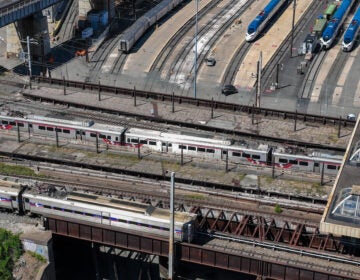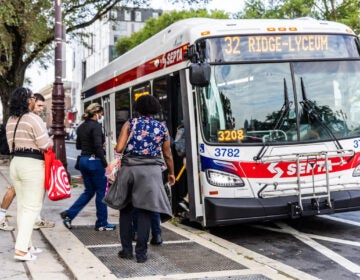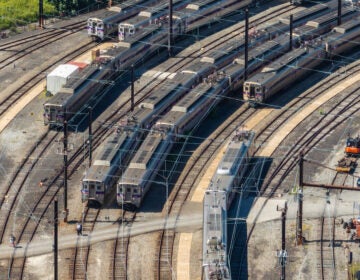New trolleys for SEPTA? Expect delays. But there’s better news for bi-level Regional Rail cars
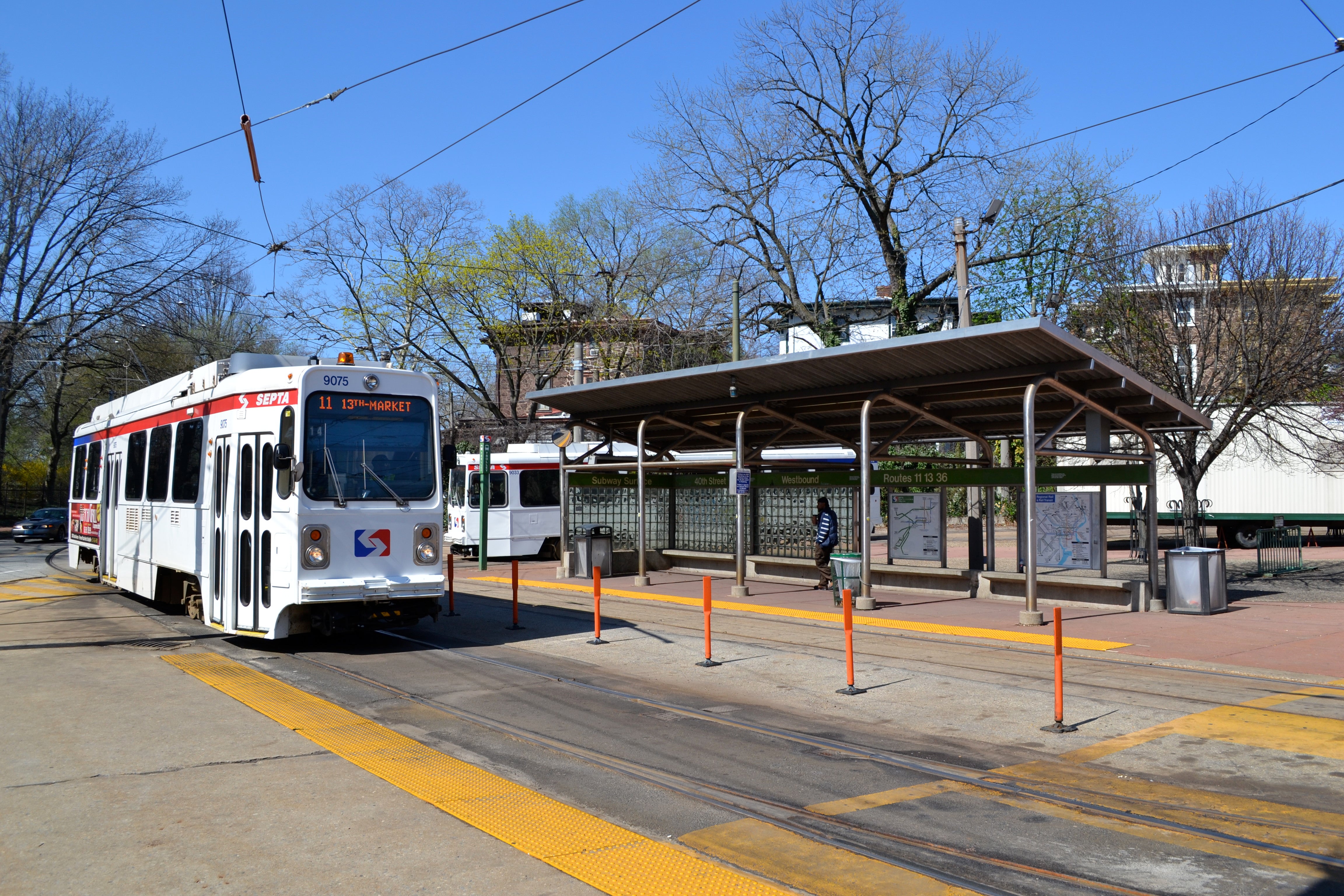
Recent reports that SEPTA would be replacing its old streetcars with sleek, modern trolleys created quite a buzz. Folks should be excited: new articulated trolleys would substantially increase passenger capacity on the very popular trolley car routes and finally make the system compliant with the Americans with Disability Act of 1990.
But before we can start window-shopping for articulated trolleys, a ton of engineering work has to be done. Simply installing new trolley lines can be a monumental task – DC’s H Street Trolley is tens of millions over budget and years behind schedule. And those guys just have to build a single new line.
SEPTA is doing something much more difficult: overhauling a decades-old, still operating trolley system that is made up of 159 streetcars across eight lines in two counties servicing 31.9 million annual riders. “For us, the challenge is to have an old system operating and then somehow figure out how to swap it over and not have incredible service impacts,” SEPTA Deputy General Manager Jeff Knueppel recently told PlanPhilly.
“It shouldn’t be thought of as just trolley replacement,” Knueppel said. “It’s an infrastructure replacement project.”
“This is modernization … this is a transformational project for the trolley system,” added SEPTA CFO Rich Burnfield. “There are a lot of issues we need to study collectively before we can start to buy railcars – make improvements to the catenary, improvements to the track, [figure out] how we handle station boardings.”
“It’s a quantum leap,” said Knueppel. “It’s not just a vehicle project.”
LOTS OF STEPS BEFORE WE GET RID OF TROLLEY STEPS
Right now, SEPTA is taking a long look at all the interrelated engineering challenges implementing a new streetcar system brings. The current 12-year budget proposal has $713.35 million set aside for trolley modernization. Purchasing a hundred new streetcars would cost somewhere around $300 million, which means vehicle purchases would be less than half the total pricetag.
Knueppel estimates it will take at least five years of engineering studies, station improvements, maintenance facility upgrades, power system upgrades and track replacement before the system would be ready for new vehicles. Once the authority feels that it has a cleared the major infrastructure and engineering hurdles, it will start to procure new trolleys, which is itself a multi-year process.
The transition to articulated trolleys – so-called because they feature two or more sections connected by a flexible mid-section joint (like the buses), not because of their excellent elocution – is driven by one major considerations: the ADA. The ADA basically requires SEPTA to ensure that new system upgrades are accessible by wheelchair. The current trolley fleet requires passengers to walk up a set of stairs, a no-go for the ADA. If a project isn’t ADA-compliant, it can’t get federal funds. “Our ability to fund vehicles and other new starts depend very, very heavily on the federal side of things,” said Knueppel.
Driven in part by ADA’s requirements, no manufacturers are building the type of single car trolleys SEPTA uses now. So any replacement of the 141 Kawasaki units built in 1981 or the 18 overhauled Presidential Conference Committee cars originally built in 1947 (rebuilt in ‘03-04) would necessarily have to be some kind of articulated trolley.
SEPTA’s trolley system is the largest in America in large part because almost all its lines run underground or on a dedicated, separate-from-traffic line for part of their route. Above ground, the trolleys have to compete with traffic and lack signal prioritization, limiting their efficiency. It’s in West Philadelphia, once a streetcar suburb, where the trolleys get their most use, thanks to the tunnels.
But those same tunnels are full of sharp, tight turns, which “makes it difficult for the average trolley builder to build a unit for the curvatures we have.” There are also clearance issues for ADA compliance – at every stop, passengers will need to be able to board without stepping up. Right now, stops across the system are at different heights.
Outside of the tunnels, this will mean creating new station stops with raised platforms, like those used in other systems. These will cause at least two headaches for SEPTA planners and engineers: at many stops, bike lanes and parking spots currently sit where passengers would need to board. Moving – or removing – those will cause some political headaches for the authority, as well as coordination with the City of Philadelphia, the municipalities in DelCo, and PennDOT.
New trolleys would require new maintenance facilities – the longer articulated cars would have trouble fitting in some of the current trolley yards. As part of the modernization, a new electrical system would likely be installed, replacing the single pole electrical system with pantograph systems like those currently found on the Media/Sharon Hill line.
Even without the ADA pushing SEPTA, the authority would likely be considering new trolleys anyway. The current set of lines are effectively at capacity. “There is no more through-put left in the tunnel,” said Burnfield. “We’re running really tight headways through the tunnels, so it’s impracticable to say that you could push more trolleys through.” In order to get more room for riders, larger streetcars are required.
A STREETCAR NAMED QUAGMIRE
For better and for worse, Washington DC’s H Street trolley has been the model streetcar project. The decade-in-the-making, 2.4-mile line has cost over $200 million so far, $65 million more than the original $135 million budget, and still hasn’t started actual operations. It opened briefly this spring and was almost immediately closed when safety issues shut it down.
But it has also helped transform the neighborhood surrounding the line, spurring massive amounts of investment and turning around a stretch of the district that has sat scarred and half-abandoned since the riots in the wake of the assassination of Martin Luther King Jr.
Today, the future of the project is in doubt, and the original $3 billion plans for over 37 miles seem like a laughable dream. Mayor Muriel Bowser’s last proposal called for for a significantly downsized 7.5-mile line, costing $533 million.
Even the small bit already built remains in political limbo, as some say the District should simply face facts and cut its losses. District residents are so frustrated with its multiple delays and failures that the Washington Post’s Style section went so far as to say it was over even talking about it anymore. “We’re as banged up emotionally as the string of dinged cars left in the darned thing’s wake,’ features reporter Lavanya Ramanathan wrote last month. “Can we talk about something else now?”
This doesn’t mean that SEPTA will end up in a similar quagmire – they did win best transportation agency of the year award not too long ago. But it’s also the same authority that’s currently 16 months behind in implementing its new fare card system, SEPTA Key.
STEPPING UP REGIONAL RAIL
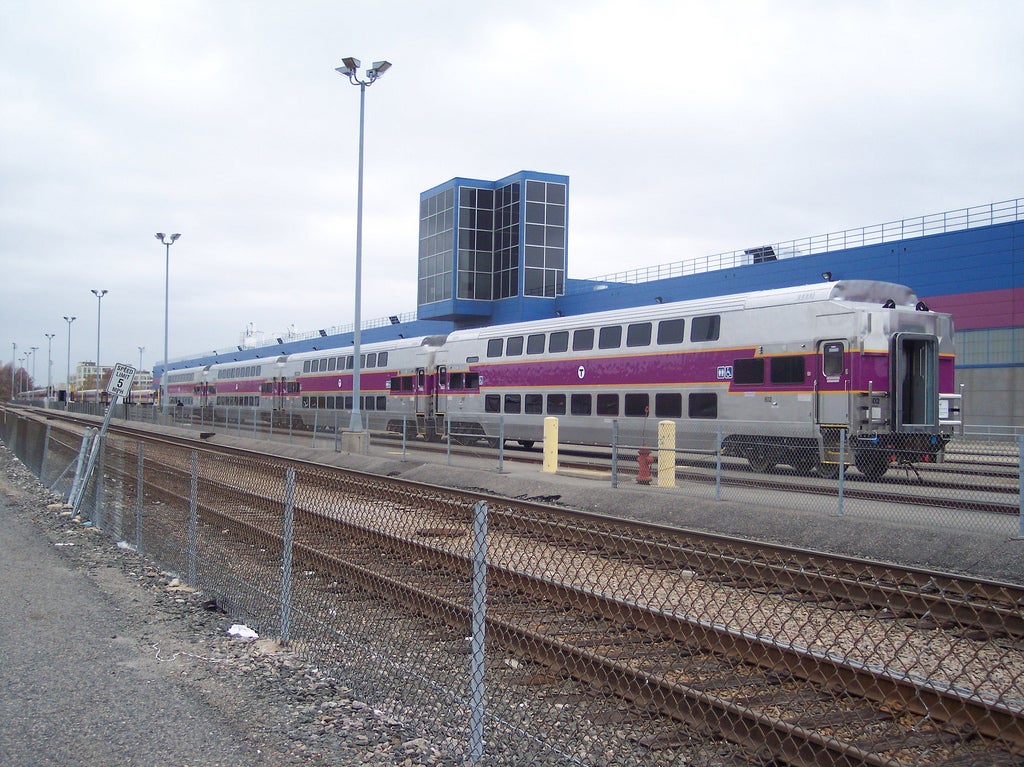
Trolleys may take some time to get here, but rail aficionados have plenty to look forward to in the nearer future. SEPTA regional rail riders should start seeing bi-level coaches, like those used by NJ Transit and Boston’s MBTA, on the area’s busier lines sometime in 2018.
Over the last few years, SEPTA has been overhauling its locomotives for some regional rail lines, replacing some of the old AEM-7 locomotives reaching the end of their effective lives. The regional rail uses a combination of Silverliner V self-propelled cars – no locomotive needed to push or pull – and trains of coaches driven by locomotives. SEPTA is already replacing eight old locomotives with newer models this year and has plans for another five.* The newer locomotives will be powerful enough to pull the bigger, heavier bi-level coach cars.
Those bi-level cars will be ADA compliant on the first level and, will each increase the number of seats somewhere between 20 to 30 percent over the 105 seats on a Silverliner V car.
Regional rail has seen a 50 percent increase in ridership over the last fifteen years, said Knueppel. And it increased another 2.6 percent last year. During rush hours, the trains are packed. And simply adding more coach cars isn’t an option on most lines – they already stretch the length of the suburban stations they serve. Reducing headways – the wait time between trains – is possible, but difficult, especially on lines that share track with AMTRAK or CSX. Hence, the decision to build up.
There will be some work required before regional rail will be ready for the bi-level coaches. But the infrastructure upgrades and fixes are largely minor. SEPTA recently completed a study that confirmed that its tunnels and overpasses were tall enough for the bi-level cars. “Other agencies had to deal with dropping track down and drainage issues,” Knueppel explained. “Luckily for us, we can fix it up in the air, because the clearance issues are not that significant.” SEPTA will be able to raise some catenary wires up to make room.
*Correction (4/8/15): This sentence was corrected to say that SEPTA is currently replacing 8 old locomotives. The original sentence suggested that SEPTA had already replaced 8 locomotives.
WHYY is your source for fact-based, in-depth journalism and information. As a nonprofit organization, we rely on financial support from readers like you. Please give today.




